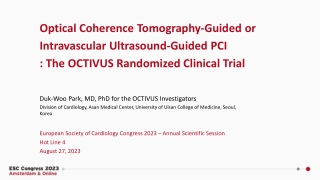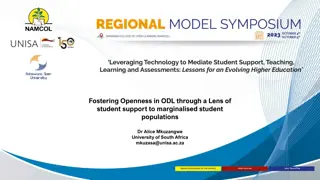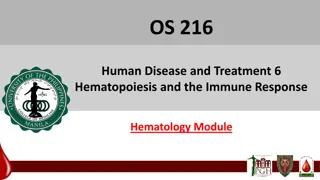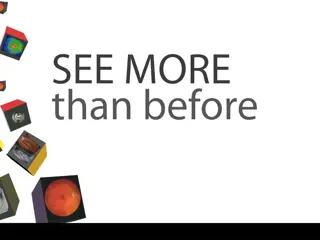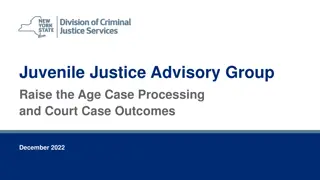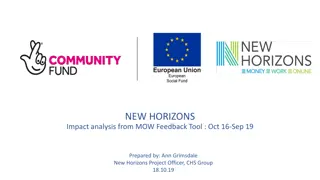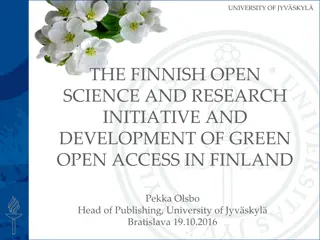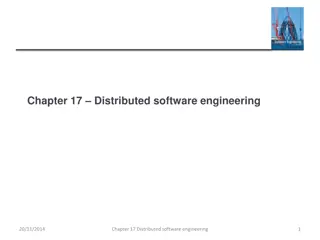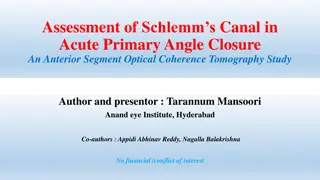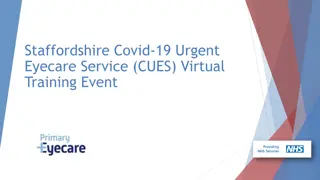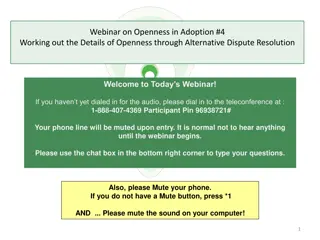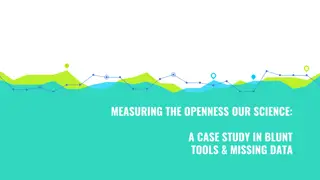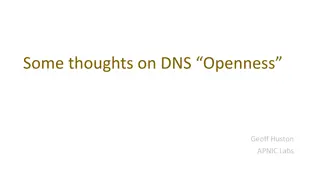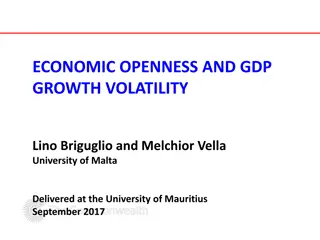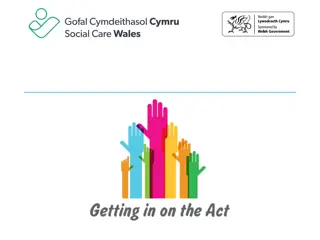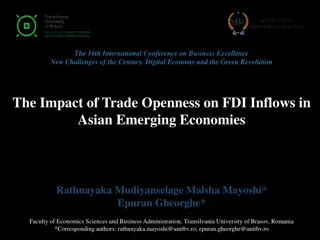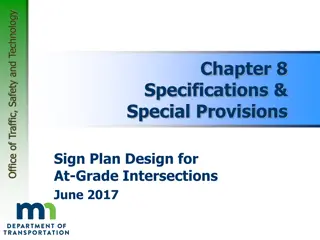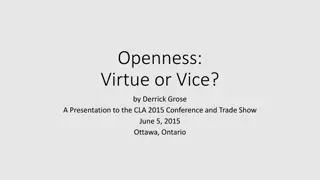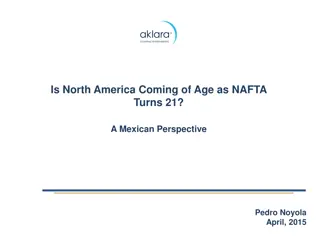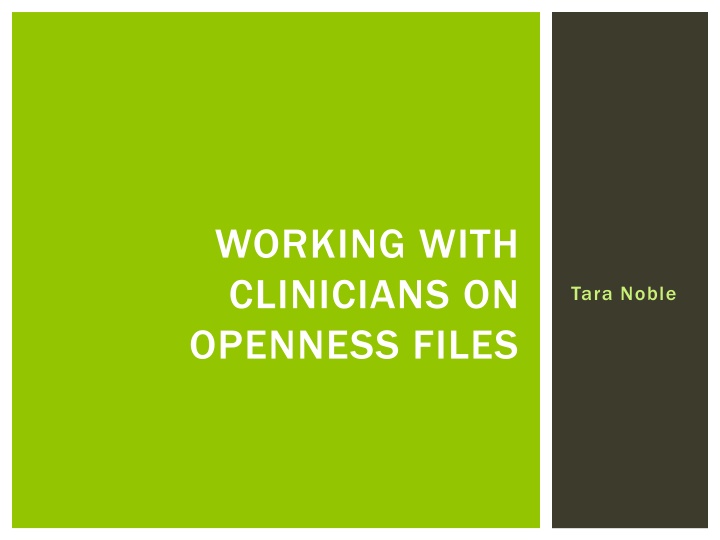
Child Permanency and Attachment: Insights for Clinicians
Explore the crucial aspects of child permanency and attachment, delving into theories of grief, loss, and caregiving interventions to support positive outcomes for children. Learn how secure attachments can be fostered, even in the face of trauma, and the importance of creating accurate life stories to avoid fantasies about biological families. Consider the impact of open adoption on preventing further loss and supporting both biological and adoptive families. Dive into the complexities of maintaining connections to roots and significant caregivers, and the pitfalls of creating "us vs. them" narratives, especially in the age of social media.
Download Presentation

Please find below an Image/Link to download the presentation.
The content on the website is provided AS IS for your information and personal use only. It may not be sold, licensed, or shared on other websites without obtaining consent from the author. If you encounter any issues during the download, it is possible that the publisher has removed the file from their server.
You are allowed to download the files provided on this website for personal or commercial use, subject to the condition that they are used lawfully. All files are the property of their respective owners.
The content on the website is provided AS IS for your information and personal use only. It may not be sold, licensed, or shared on other websites without obtaining consent from the author.
E N D
Presentation Transcript
WORKING WITH CLINICIANS ON OPENNESS FILES Tara Noble
WE ALL HAVE THE SAME GOAL Permanency for Children Provide child with attuned, sensitive caregiving Allow children to develop in a healthy & adaptive way Avoid future relationship ruptures/trauma/adoption breakdown
LETS NOT RE-INVENT THE WHEEL We can utilize our understanding of: Attachment Theory Theories of Grief and Loss Caregiving, interventions and support that promote positive outcomes for children Establish a child s sense of belonging & strong identity
ATTACHMENT Secure attachment Insecure attachments Despite trauma, abuse, neglect that cause insecure attachment- Children are remain attached. Repair occurs through attuned caregiving understanding a child s needs and experiences, accompanied by an accurate life story.
THEORIES OF GRIEF & LOSS Bowlby: through attachment lens-stages include Numbing-Yearning &Searching- Disorganization-Reorganization Kobler-Ross: grief cycle Used widely now to conceptualize grief has different components but is not a linear process Most Theories suggest grief is complete at the point when a person is detached or resolved or moved on Klass, Silverman, Nickman: Continuing Bonds The idea when a person can continue to have a relationship with the deceased, however it changes, becomes redefined and continues over one s lifetime
SO LETS CONSIDER Children often continue to stay connected to their roots/significant caregivers even after death- BUT in adoption the roots are still tangible When can we avoid further loss for a child through open adoption? How can we support biological families and adoptive families differently? How can we best create an accurate life story over time? How can we avoid children creating fantasies about their bio families? There is great danger is creating and us and them The power of social media
ACKNOWLEDGEMENT Not all adoptions can be open i.e significant safety concerns BUT . What if it was our starting point
BENEFITS TO OPENNESS Child maintains sense of connection roots Access to cultural identity, medical, genetic make up Develop life story, the reason for placement and adoption. This can evolve over one s life time in a supported way. Child has real experiences of their birth family (strengths and flaws) vs idealization through the unknown. A Village to raise them .. There is no reason for a child to search Relationship with adoptive parents vs biological is not viewed as competitive, but rather supportive and child focused
TRANSPARENCY IS KEY Adoptive Parents need: An accurate picture of the child Support to facilitate discussions about adoption Support to accept a child s roots and curiosities Support to continue to address questions and concerns as they arise An understanding of their role in supporting bio relationships Biological Family needs: Support to grieve the change in role Clear openness arrangements/expectations Guidance to support the adoption, and facilitate a healthy connection to the child. Both would benefit from a process of demystifying each other & contributing to the child s life in a child focused manner.
RESOURCES REQUIRED Counselling for adoptive parents regarding the inclusion of caregivers. Facilitate understanding of the benefits to openness while addressing fears/challenges. Counselling for biological parents/family to facilitate grieving, lay out what is expected of them to have openness, to accept new role and to support child s connections to the new family. Understand each persons perspective on what openness is and ensure a clear plan. This may need adjustments as the child develops or circumstances change. Let s put the responsibility on the adults to do the work needed to ensure children do not suffer unnecessary grief and loss.

